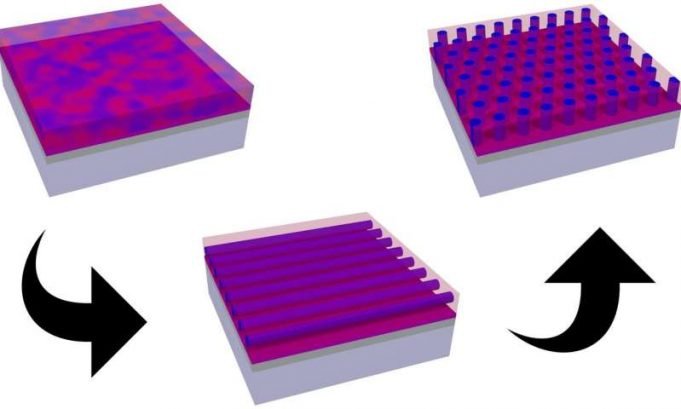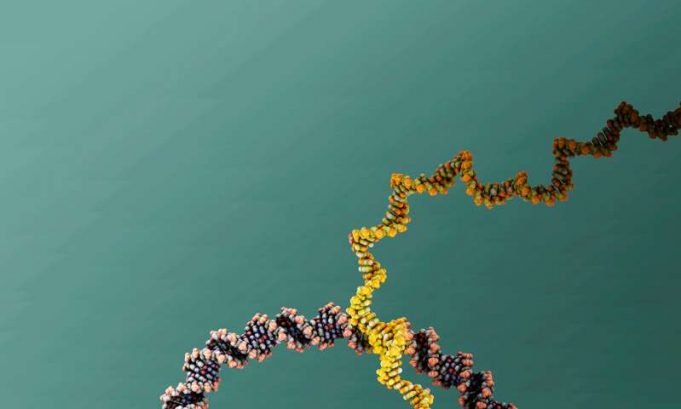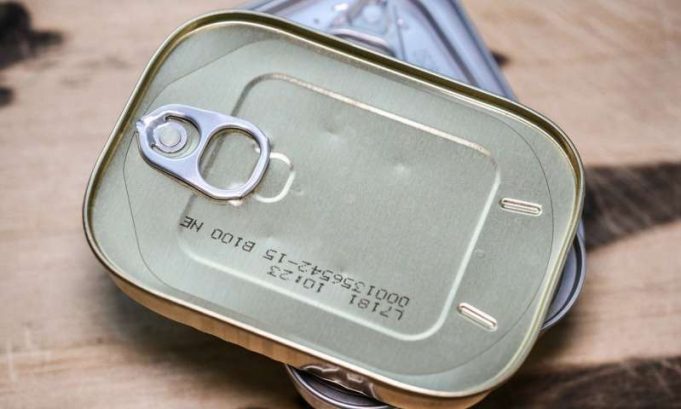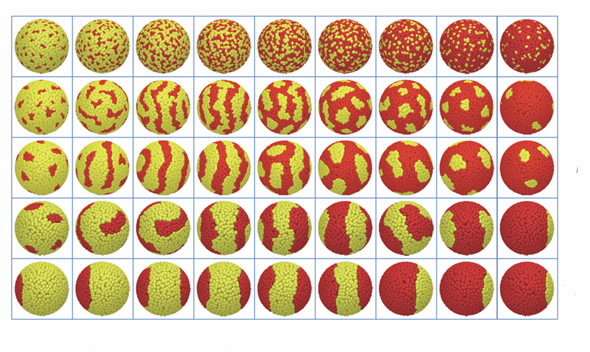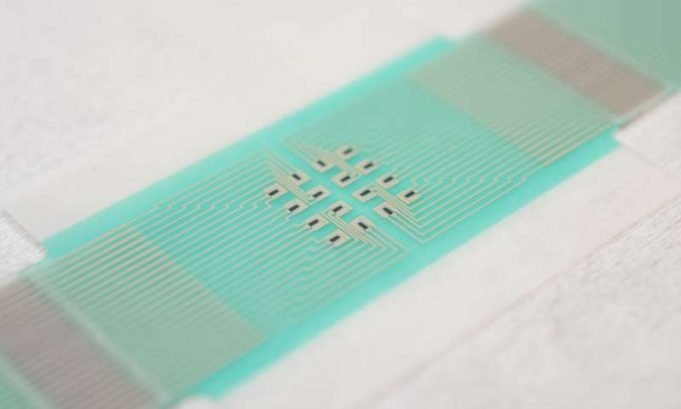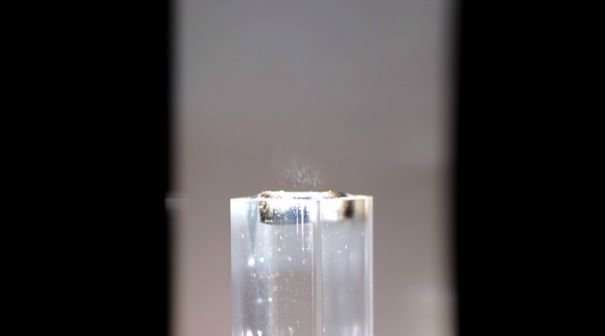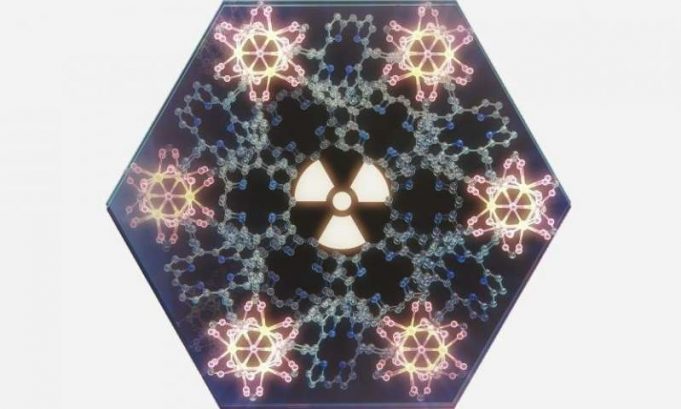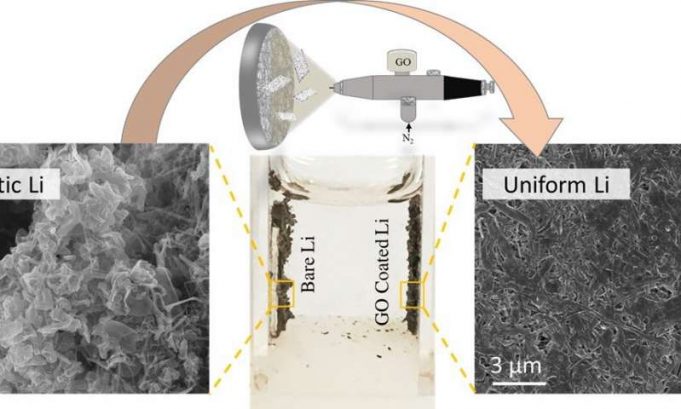One way that scientists control the structure of materials at the nanoscale – where features are a few to several hundred nanometers (nm) – is by using "self-assembly," in which molecules are designed such that they spontaneously come together...
The most common type of lung cancer, non-small cell lung cancer (NSCLC), continues to be difficult to treat, with five year survival rates of about 36 percent for stage 3A tumors. Jefferson College of Pharmacy researchers are developing a...
Together with colleagues from the USA, scientists from the University of Bonn and the research institute Caesar in Bonn have used nanostructures to construct a tiny machine that constitutes a rotatory motor and can move in a specific direction....
Food packaging could be negatively affecting the way in which your digestive tract operates, according to new research by faculty and students at Binghamton University, State University at New York.
"We found that zinc oxide (ZnO) nanoparticles at doses that...
A large collaboration led by scientists from École Polytechnique Fédérale de Lausanne (EPFL) in Switzerland has used a powerful new approach to overcome the challenging task of characterising the structure of self-assembling organic molecules on the surface of nanoparticles.
Self-assembled...
Scientists have created a non-invasive, adhesive patch, which promises the measurement of glucose levels through the skin without a finger-prick blood test, potentially removing the need for millions of diabetics to frequently carry out the painful and unpopular tests.
The...
Is that meat still good? Are you sure? McMaster researchers have developed a test to bring certainty to the delicate but critical question of whether meat and other foods are safe to eat or need to be thrown out.
Mechanical...
According to the United Nations, 30,000 people die each week from the consumption and use of unsanitary water. Although the vast majority of these fatalities occur in developing nations, the U.S. is no stranger to unanticipated water shortages, especially...
Doctors have been using radiation to treat cancer for more than a hundred years, but it's always been a delicate art to direct treatment while avoiding healthy tissue.
To help them, scientists with the University of Chicago have designed an...
Lithium-metal batteries—which can hold up to 10 times more charge than the lithium-ion batteries that currently power our phones, laptops and cars—haven't been commercialized because of a fatal flaw: as these batteries charge and discharge, lithium is deposited unevenly...
A world-first graphene-based filter that can remove more than 99 percent of the natural organic matter in treated drinking water is being scaled up for possible use in conventional plants.
UNSW scientists have developed a world-first, graphene-based, laboratory-scale filter that...





